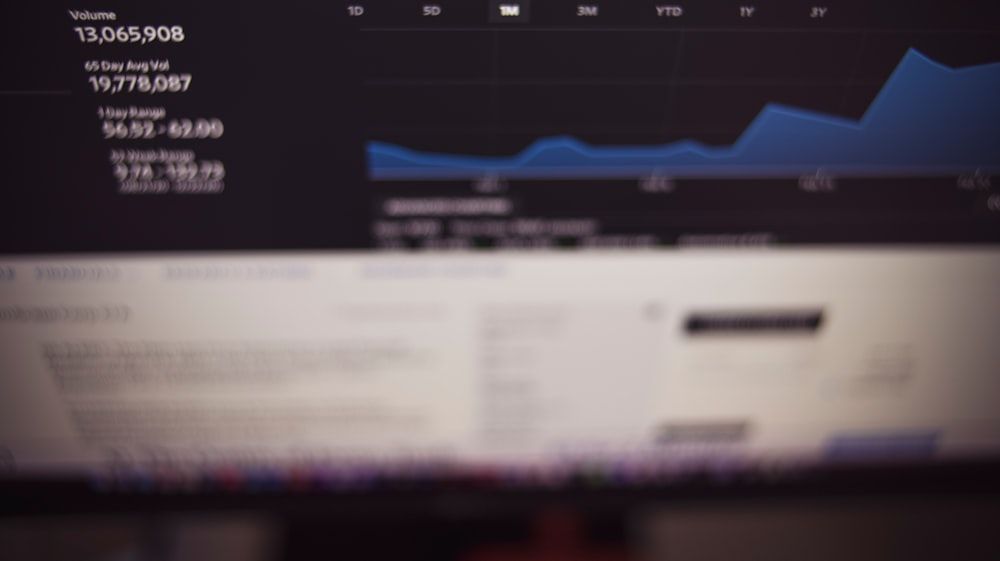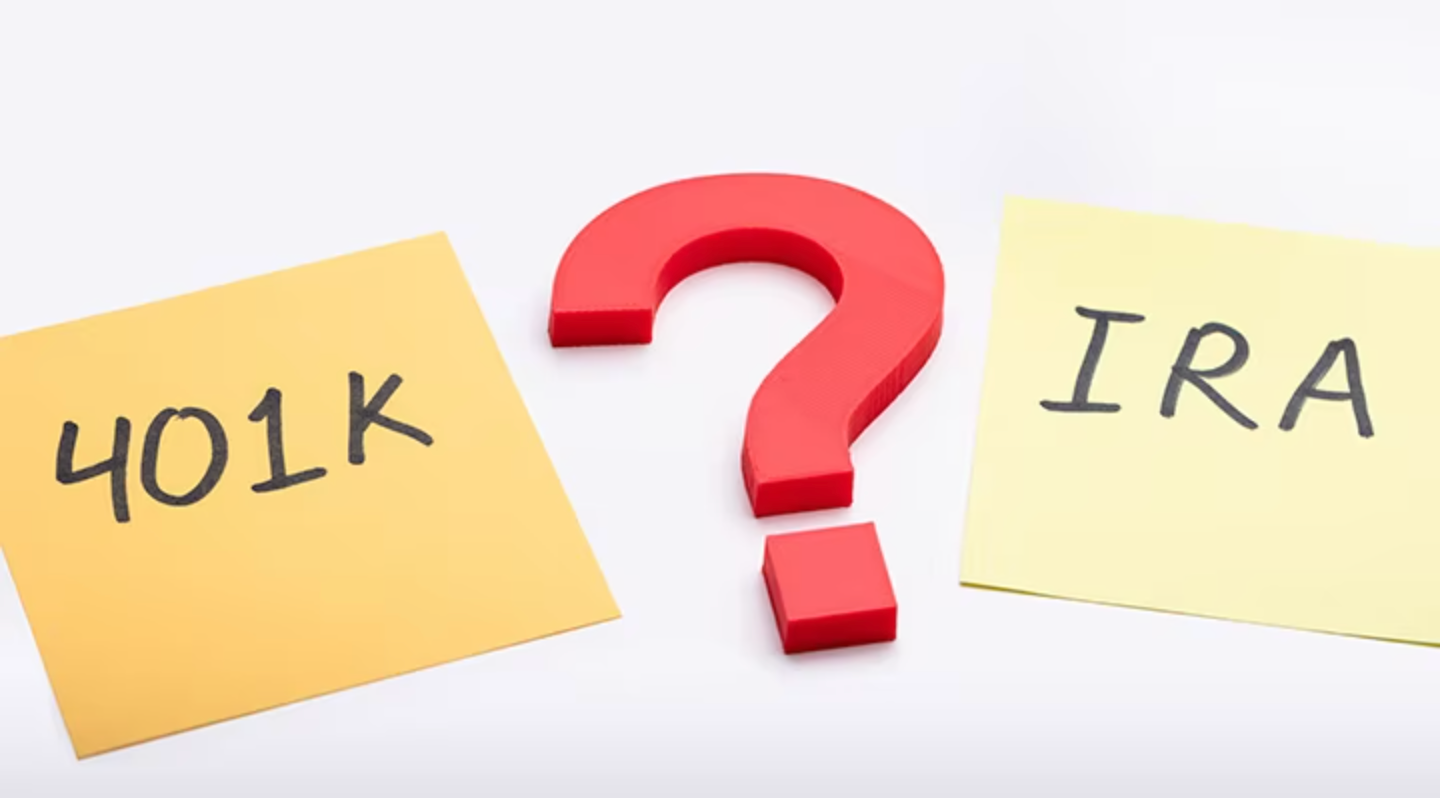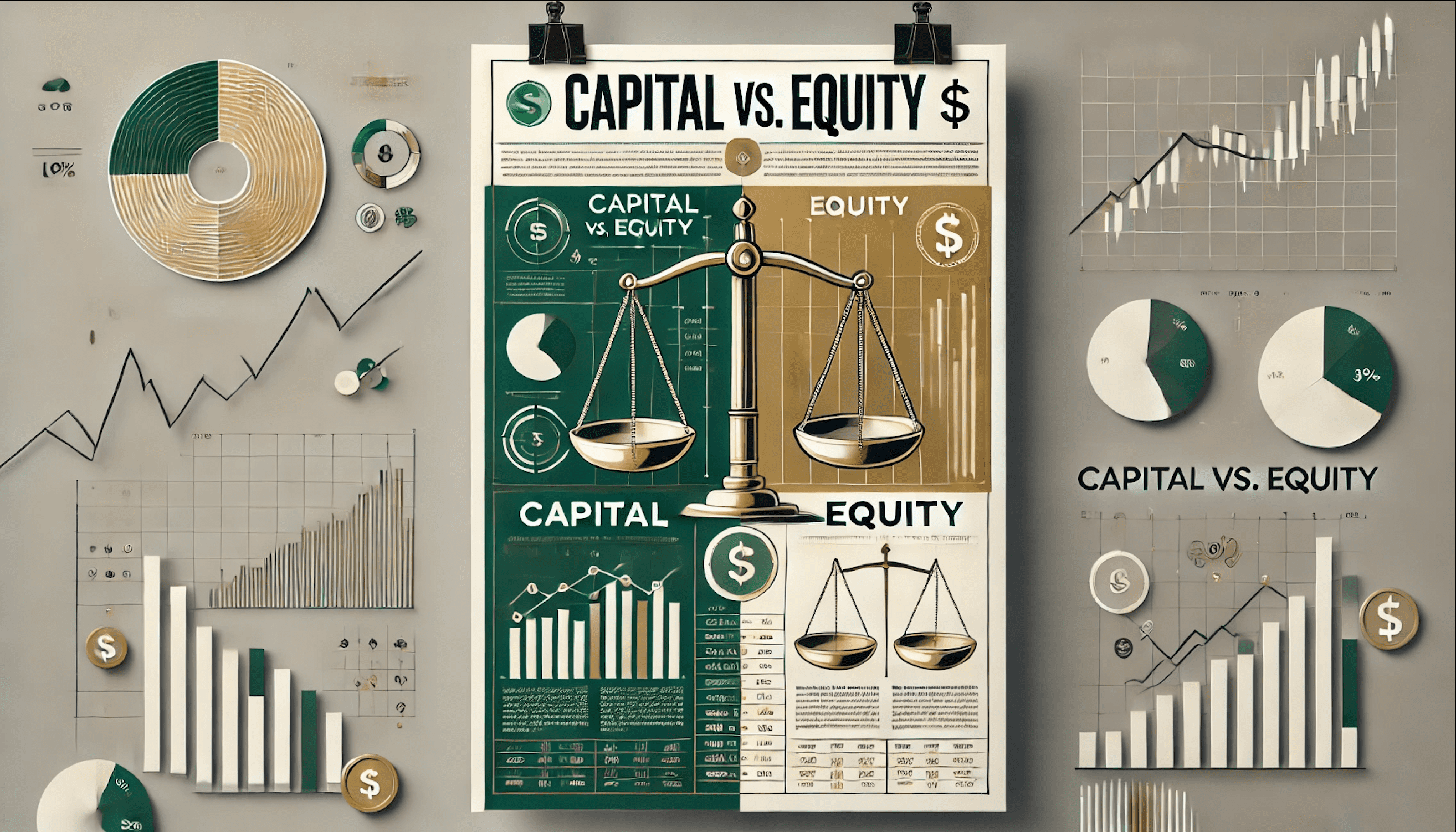Complete Guide to Fed Rates and it's affects on Personal Investments
Explore how the Federal Reserve uses the federal funds rate to influence the economy, affecting everything from inflation to investment strategies, and how these changes can impact personal finances and investments.
Abhinil Kumar
Author

Understanding the Federal Funds Rate
The federal funds rate can be defined as the interest rate at which depository institutions, such as banks, lend or borrow funds from each other within the Federal Reserve System. It is an important tool used by the Federal Reserve to control the supply of money and credit in the economy. By adjusting the federal funds rate, the central bank can influence the short-term interest rates in the economy, thereby impacting borrowing costs for businesses and consumers.
The purpose of the federal funds rate is to maintain price stability and promote economic growth. When the economy is expanding too quickly, the Federal Reserve may raise the federal funds rate to curb inflationary pressures and prevent excessive borrowing. On the other hand, when the economy is sluggish and requires a boost, the central bank may lower the federal funds rate to encourage borrowing and stimulate economic activity.
Banks play a significant role in the federal funds market. They maintain cash reserves at the Federal Reserve, and excess reserves can be lent to other banks in need. Interest rates in the federal funds market are determined through the interaction of supply and demand for these funds. The Federal Reserve sets a target range for the federal funds rate and conducts open market operations, such as buying or selling government securities, to maintain it within the desired range.
How the Fed uses this rate to control economic growth
The Federal Reserve, often referred to as the Fed, utilizes the Fed Funds rate as a powerful tool to control economic growth. The Fed Funds rate is the interest rate at which depository institutions lend funds to one another overnight, helping them meet their reserve requirements. By changing this rate, the Fed can influence economic activity and thus regulate growth.
To manage inflation and recession, the Fed adjusts the Fed Funds rate. In times of high inflation, the Fed may increase this rate to make borrowing more expensive. This discourages spending and investment, hence reducing inflationary pressures. Conversely, during recessions or economic downturns, the Fed may lower the Fed Funds rate to stimulate growth by making it cheaper for banks to borrow and subsequently lend to consumers and businesses. This increased availability of credit encourages spending and investment, which helps revive the economy.
The Fed Funds rate influences interest rates across the economy since it serves as a benchmark for other rates. Banks and other financial institutions base their lending rates on the Fed Funds rate. Thus, a change in the Fed Funds rate directly impacts the cost of borrowing for consumers and businesses. Lower interest rates can motivate investment and consumption, while higher rates can deter borrowing and spending.
The relationship between the Fed Funds rate and overnight loans between depository institutions is direct. When the Fed increases the Fed Funds rate, borrowing becomes more expensive for banks looking to meet their reserve requirements, which can impact interbank lending. Conversely, a lower Fed Funds rate reduces the cost of borrowing for these institutions, encouraging them to lend to one another. This relationship has a ripple effect on the broader economy, as it influences interest rates and overall economic activity.
Federal Reserve (Fed) and its role in setting interest rates
The Federal Reserve (Fed) plays a crucial role in setting interest rates, which, in turn, influences the stock market and has a significant impact on portfolios and retirement accounts. The Fed has the power to either raise or lower interest rates based on the economic conditions in the country.
When the Fed lowers interest rates, borrowing becomes cheaper for businesses and individuals. This stimulates spending and investment, leading to an increase in corporate profits and ultimately driving up stock prices. As a result, individuals with investments in the stock market through their portfolios or retirement accounts tend to benefit from this stimulus.
Conversely, when the Fed raises interest rates, borrowing becomes more expensive, which may result in a decrease in spending and investment. This can lead to a decline in corporate profits and a decrease in stock prices. Consequently, individuals with investments in the stock market may experience a negative impact on their portfolios and retirement accounts.
Rate Hikes and Their Impact on Personal Investments
Rate hikes, often driven by central banks, can significantly affect personal investments. These hikes refer to increases in interest rates, which can have a substantial impact on various investment vehicles such as bonds, stocks, and real estate. When interest rates rise, the cost of borrowing money increases, making it more expensive for businesses and individuals to access credit. As a result, investors may see a decline in the value of their fixed-income securities as higher interest rates decrease the attractiveness of these investments. Additionally, stocks may experience increased volatility during periods of rate hikes as investors reassess the risk-return profile of equities compared to fixed-income options. Furthermore, real estate markets can be influenced by rate hikes as higher borrowing costs can reduce demand for homes, potentially leading to a slowing of price appreciation. In conclusion, rate hikes hold significant implications for personal investments, warranting careful monitoring and potential adjustments to investment strategies in response to changing interest rate environments.
Explanation of rate hikes by the Fed
Rate hikes by the Federal Reserve, often referred to as the Fed, are key monetary policy decisions that have significant implications for the economy. A rate hike refers to an increase in the target federal funds rate, which is the interest rate at which banks lend money to each other overnight.
One factor that determines the need for rate hikes is inflation. When the economy is growing too fast, and inflation exceeds the Fed’s target rate, the central bank raises interest rates to cool down economic activity and keep prices stable. Another factor is the state of the labour market. If unemployment rates are low and wages are rising, the Fed may increase rates to prevent an overheating economy.
The impact of rate hikes by the Fed is substantial. Firstly, borrowing costs for consumers and businesses increase as interest rates rise. This affects mortgage rates, auto loans, and credit card rates, making borrowing more expensive.
Secondly, savings account rates tend to increase when interest rates rise. This benefits savers who earn higher returns on their deposits. However, the impact varies depending on the type of bank. Online banks typically offer higher rates on savings accounts compared to traditional brick-and-mortar banks. Consequently, online banks often respond more favourably to Fed rate hikes by increasing their rates, while brick-and-mortar banks might raise their rates less.
Lastly, rate hikes can also impact the stock market. When interest rates rise, borrowing becomes more expensive for companies, potentially slowing down their growth and profitability. This can lead to a decrease in stock prices as investors anticipate lower corporate earnings.
Effects on borrowing costs for consumers
The Federal Reserve plays a crucial role in shaping the economy by using tools such as the federal funds rate, which influences interest rates throughout the banking system. This, in turn, has a direct impact on consumers’ borrowing costs. When the Federal Reserve increases interest rates, borrowing costs for consumers rise.
Lower interest rates, on the other hand, make borrowing more attractive by reducing rates for various forms of credit. For instance, credit card interest rates can go down, resulting in decreased interest charges and minimum payments. Auto loans, personal loans, and private student loans become more affordable as interest rates decrease.
Homeowners benefit from lower rates when it comes to home equity lines of credit and adjustable-rate mortgages. The lower interest rates can reduce monthly payments and the overall interest paid on these loans. Furthermore, a Federal Reserve rate cut can potentially lower mortgage rates for adjustable-rate mortgages, making homeownership more accessible and affordable.
Small businesses also benefit from lower borrowing costs as they can obtain loans at reduced interest rates. This can provide a much-needed boost to businesses looking to expand or invest in new equipment.

Complete Guide to Fed Rates
Prime Rate and Its Connection to Fed Rates
The prime rate and its connection to Federal Reserve rates play a crucial role in shaping the interest rates that consumers and businesses pay on loans. The prime rate represents the interest rate that banks charge their most creditworthy customers for loans. In turn, the Federal Reserve, commonly referred to as the Fed, determines the target range for the federal funds rate — the interest rate at which depository institutions lend reserve balances to one another. As the prime rate and the Federal Reserve rates are interconnected, understanding their relationship is vital for comprehending how changes in interest rates can impact the economy as a whole.
Definition of the prime rate
The prime rate, as mentioned in the Background Information, refers to the interest rate that commercial banks charge their most credit-worthy customers. It serves as a benchmark for determining the interest rates offered on various types of loans and credit products provided by banks. The prime rate is typically set by banks based on the federal funds rate, which is the interest rate at which banks lend money to each other.
The prime rate holds significant importance in determining credit rates offered by banks to their most credit-worthy customers. Banks use the prime rate as a starting point to establish the interest rates on loans and credit cards. Typically, customers with a high creditworthiness are offered lower interest rates, while those with a lower credit score may receive higher interest rates. Therefore, the prime rate serves as a reference point for banks to provide competitive rates to their customers.
Several factors influence the prime rate. One of the primary factors is the federal funds rate set by the central bank, as commercial banks base their prime rates on this benchmark. Additionally, inflation, economic conditions, monetary policy, and market demand for credit also impact the prime rate. Overall, the prime rate is a critical component in determining the cost of borrowing for credit-worthy customers and enables banks to align their lending rates with prevailing economic conditions and market trends.
Relationship between the prime rate and federal funds rate
The prime rate and the federal funds rate are closely related and can have a significant impact on consumer and business loans.
The prime rate is the interest rate that commercial banks charge their most creditworthy customers, while the federal funds rate is the interest rate at which banks lend to each other overnight to meet their reserve requirements.
The relationship between these two rates is generally positive. When the Federal Reserve raises the federal funds rate, it becomes more expensive for banks to borrow money, leading them to increase their prime rates. Conversely, when the Federal Reserve lowers the federal funds rate, banks can borrow money more cheaply, resulting in a decrease in the prime rate.
Changes in the federal funds rate have a direct impact on the prime rate. As the prime rate serves as a benchmark for many consumer and business loans, any changes in the prime rate can affect the interest rates on these loans. When the prime rate increases, borrowing costs for consumers and businesses also increase. This can make it more challenging for individuals to obtain loans for big-ticket purchases, such as homes or vehicles, and can squeeze profit margins for businesses that rely on borrowing.
On the other hand, when the prime rate decreases, it becomes more affordable for consumers and businesses to borrow money. This can stimulate economic activity, as individuals and businesses may feel more inclined to take on debt for investment and spending purposes.
Stock Markets Reaction to Fed Rate Changes
The stock market is sensitive to any changes in the Federal Reserve’s interest rate decisions, as these decisions have a significant impact on the overall economy. When the Federal Reserve announces changes in interest rates, it can cause a ripple effect in the stock market, affecting various sectors and individual stocks in different ways. Investors closely monitor the Fed’s decisions and statements as they seek to understand how interest rate changes will impact economic growth, inflation levels, borrowing costs, and corporate earnings. This introduction aims to provide an overview of the stock market’s reaction to Federal Reserve rate changes, emphasizing its importance in shaping investors’ sentiments and market trends.
How stock prices are affected by changes in interest rates
Changes in interest rates can have a significant impact on stock prices. When interest rates rise, it often leads to a decrease in the demand for stocks. This is because higher interest rates make other investment options, such as bonds or savings accounts, more attractive to investors. As a result, investors may choose to shift their funds away from stocks and into these other options, causing a decrease in demand for stocks.
Furthermore, the relationship between interest rates and investors’ returns on savings is also important. When interest rates rise, it generally means that investors can earn a higher return on their savings in fixed-income assets like bonds or savings accounts. As a result, the attractiveness of investing in stocks, which carry higher risk, decreases. Investors weigh the potential return on their savings against the level of risk they are comfortable with, and as interest rates increase, the potential return on safer assets becomes more appealing, further decreasing demand for stocks.
Impact on equity markets during periods of rate hikes
During periods of interest rate hikes, equity markets can experience significant impacts. One of the primary effects is the often-observed decline in stock prices. Companies typically have a higher cost of borrowing when interest rates rise, which can decrease their profitability and result in lower stock valuations. Investors may also shift their investment preferences towards bonds and other fixed-income securities that offer higher yields due to the increased interest rates, diverting funds away from equities.
Another consequence of interest rate hikes on equity markets is the potential decreased consumer spending and economic activity. Higher borrowing costs can discourage individuals from taking out loans for major purchases, such as houses or cars. This can lead to a decrease in demand for goods and services, which ultimately affects corporate earnings and share prices.
The Federal Reserve plays a crucial role in setting interest rates. Through its monetary policy decisions, the Federal Reserve adjusts the federal funds rate, which indirectly impacts other interest rates in the economy. The timeline for the economic impact of rate changes can vary. Initially, the stock market may respond negatively to rate hikes due to the aforementioned reasons. However, over time, investors may adjust their strategies, and the market can adapt to the new interest rate environment.
Conclusion
In conclusion, understanding the Federal Funds Rate and its ripple effects through the Federal Reserve’s interest rate decisions is crucial for investors and borrowers alike. Changes in the Fed rate directly influence the economy’s pulse, affecting everything from the inflation rate and mortgage rates to the annual percentage yield on savings accounts and certificates of deposit. As investors navigate through the complexities of the stock market, particularly during periods of rate hikes, recognizing the impact of these changes on consumer prices, investment decisions, and credit card balances becomes essential. Bond investors and those with an eye on equity markets must adjust their strategies in response to shifts in the benchmark, base, and current rates. Moreover, any rate cut or adjustment provides a pivotal moment to reassess financial positions and anticipate the broader economic implications. Ultimately, the Fed’s decisions serve as a guiding light for economic expectations, making it imperative for individuals to stay informed and adapt to maintain financial health and investment vitality amidst changing economic landscapes.


